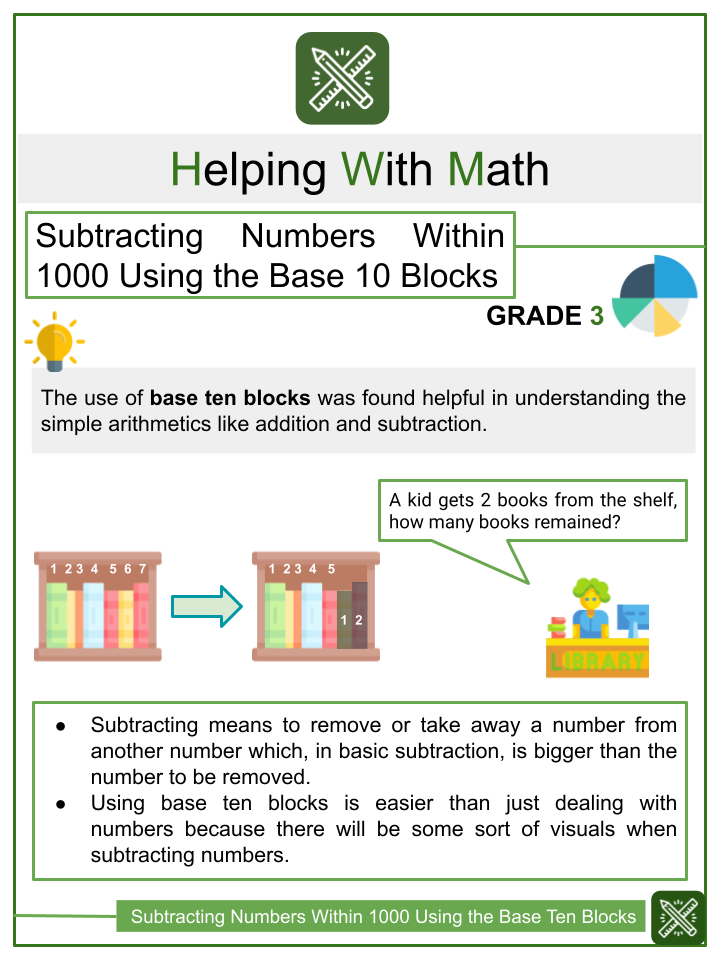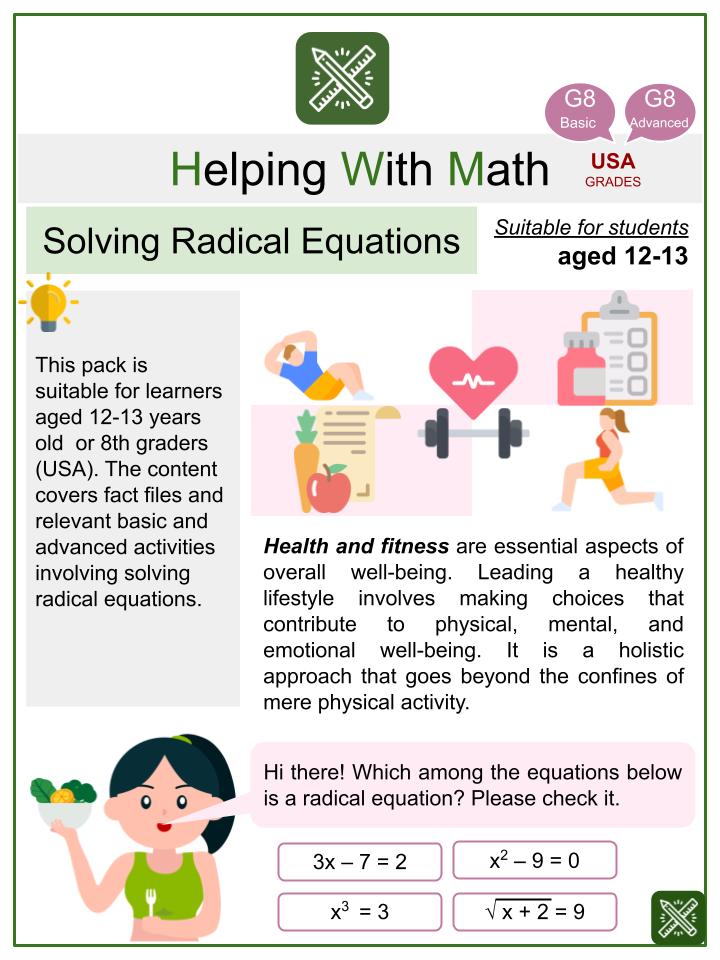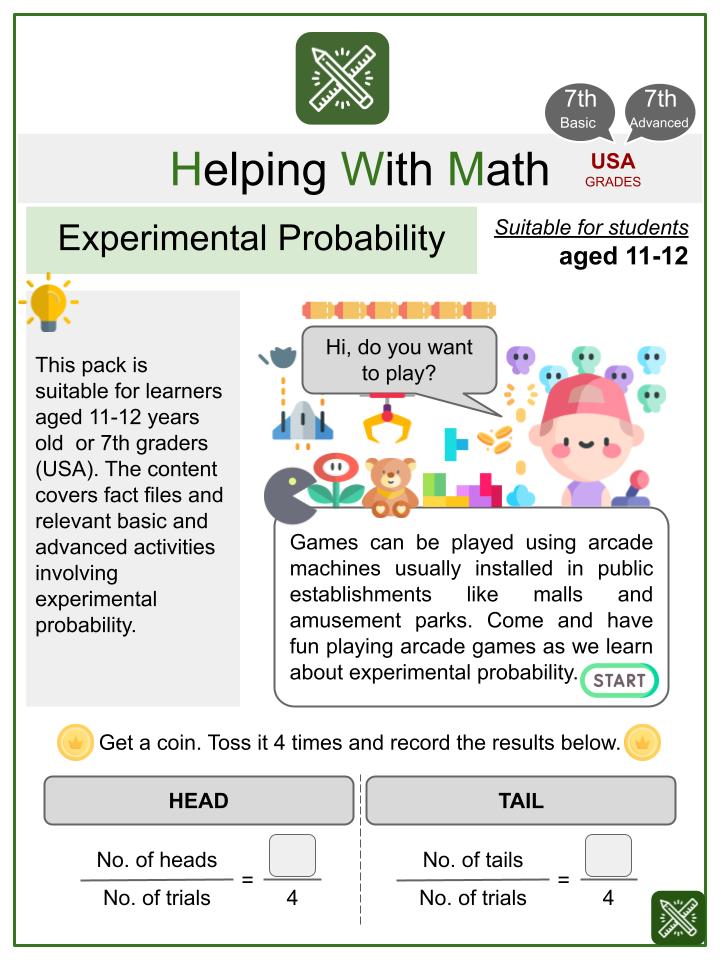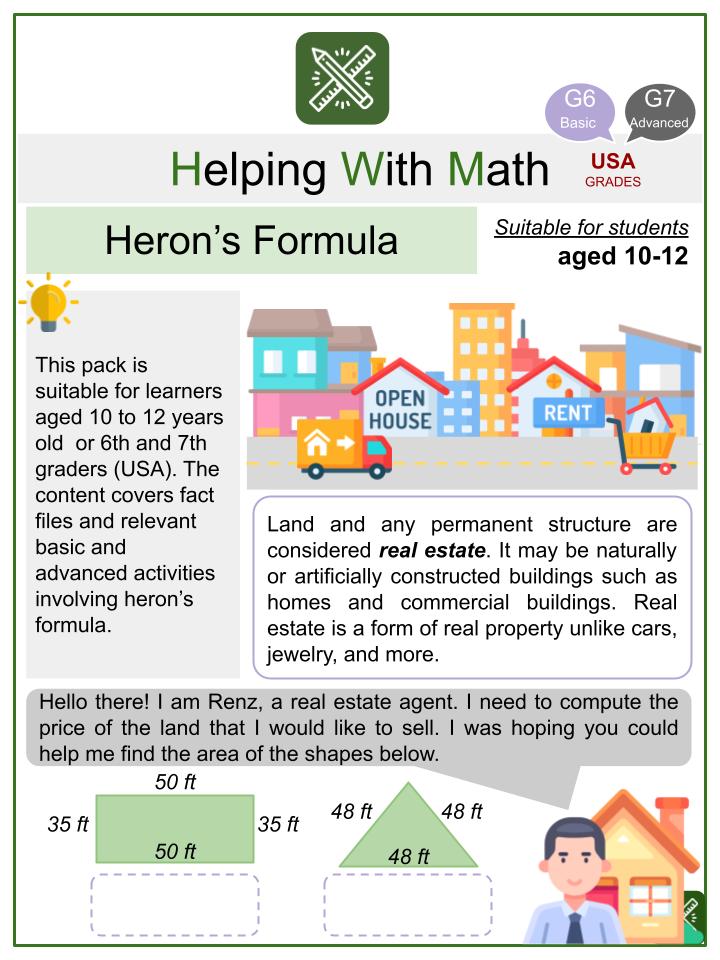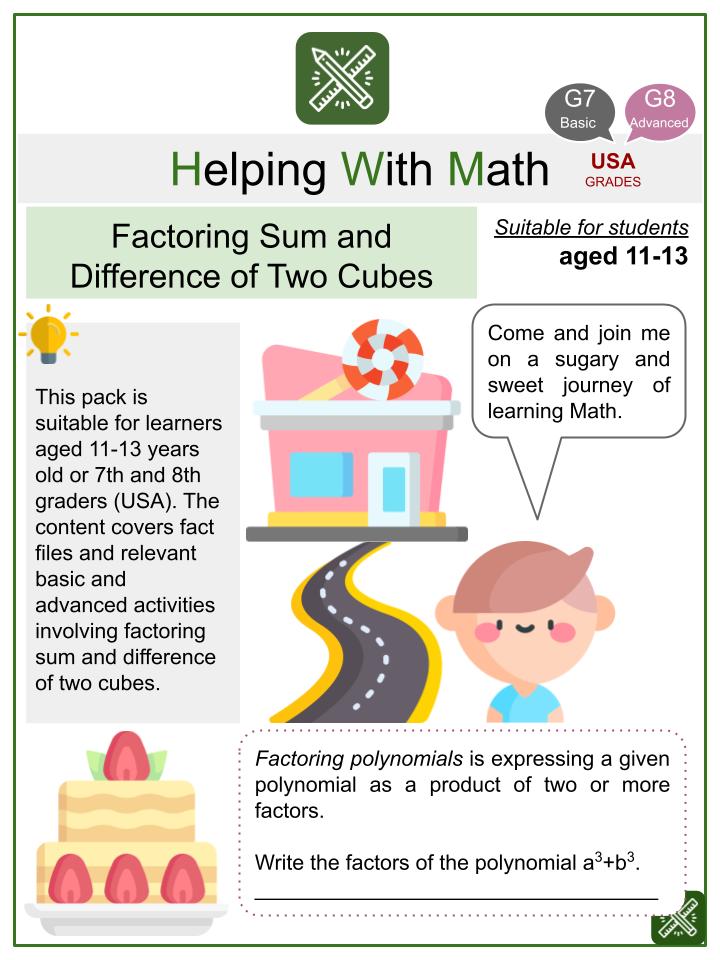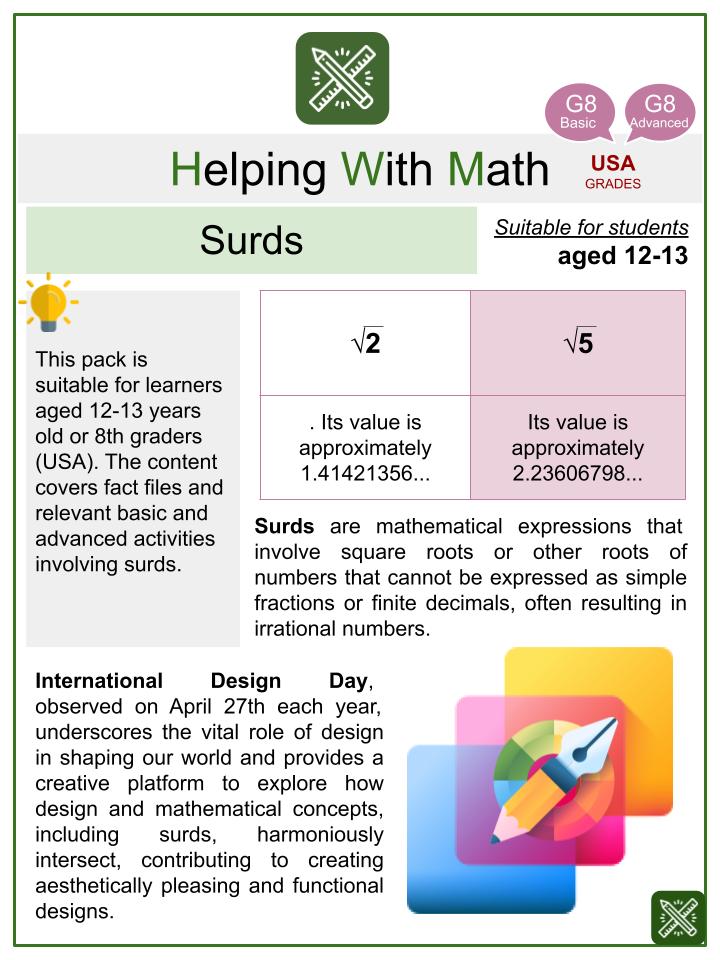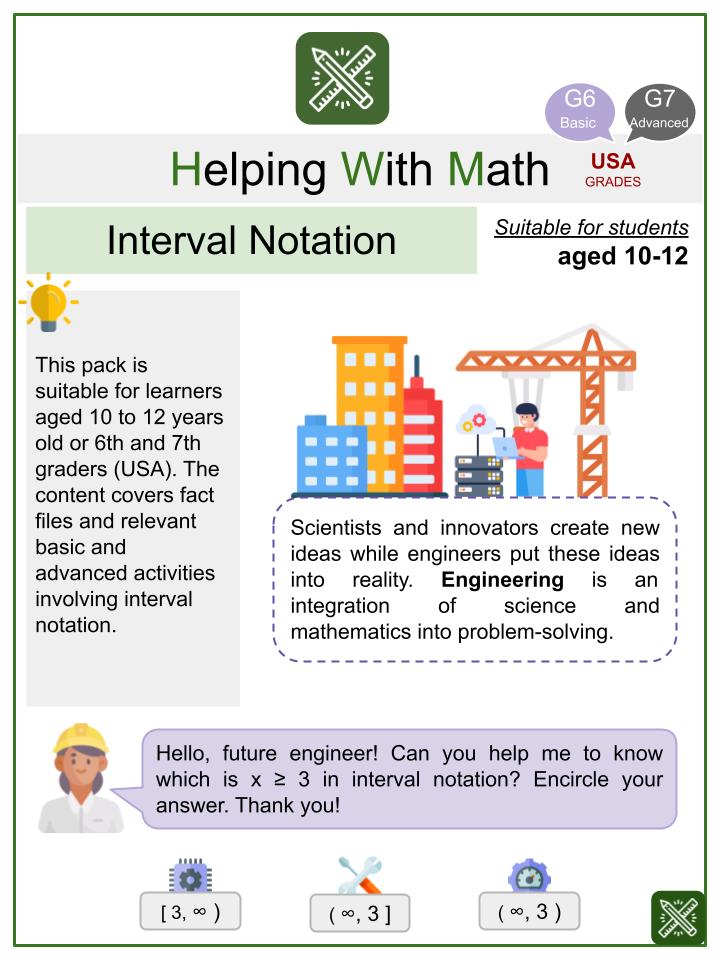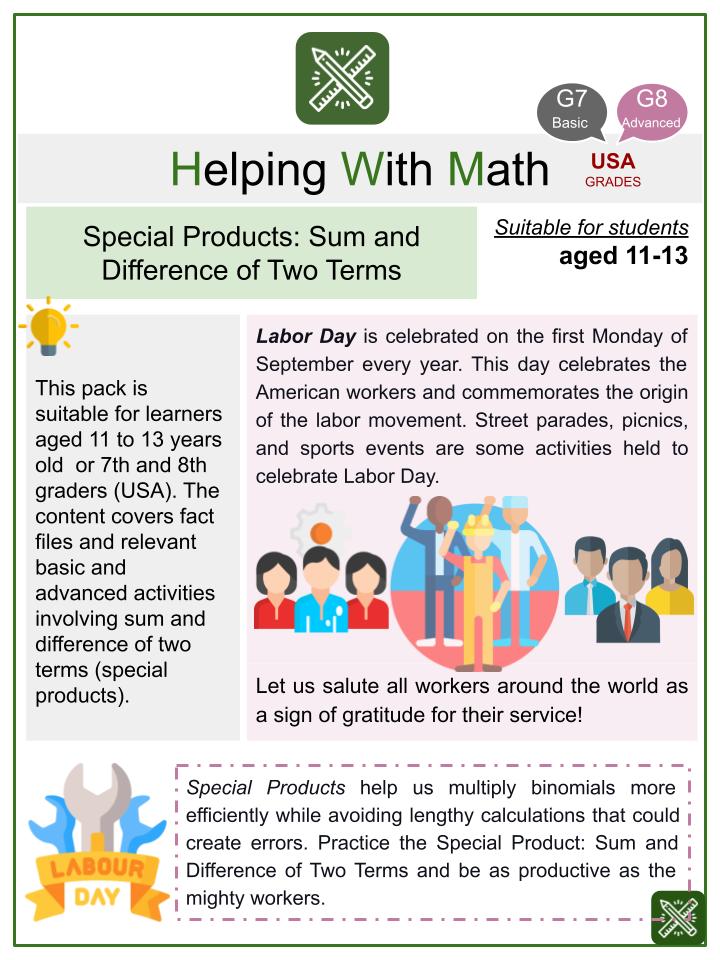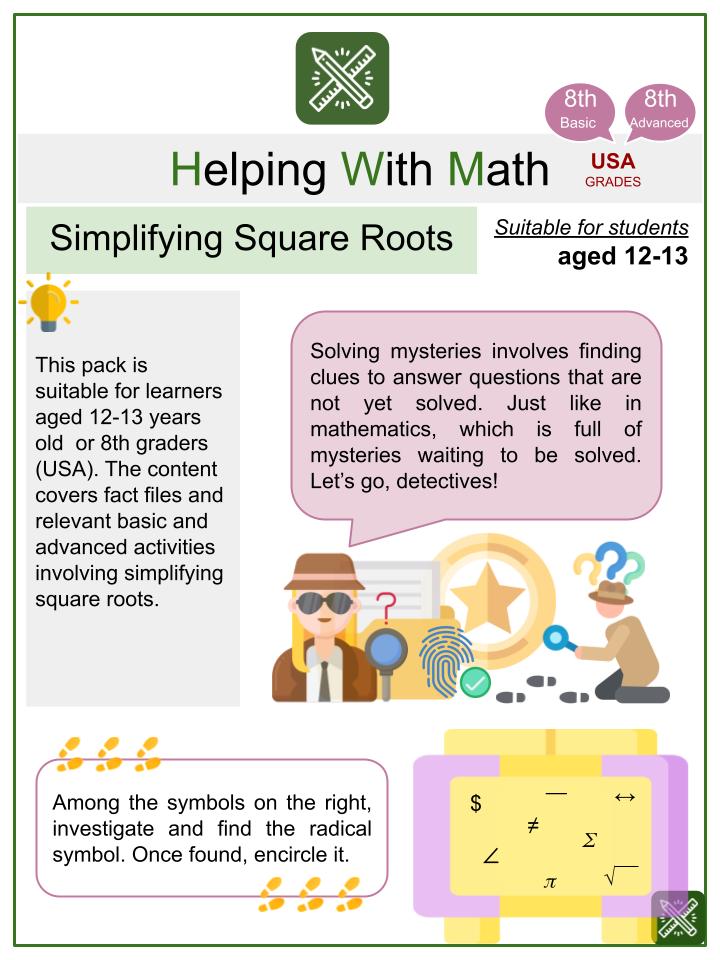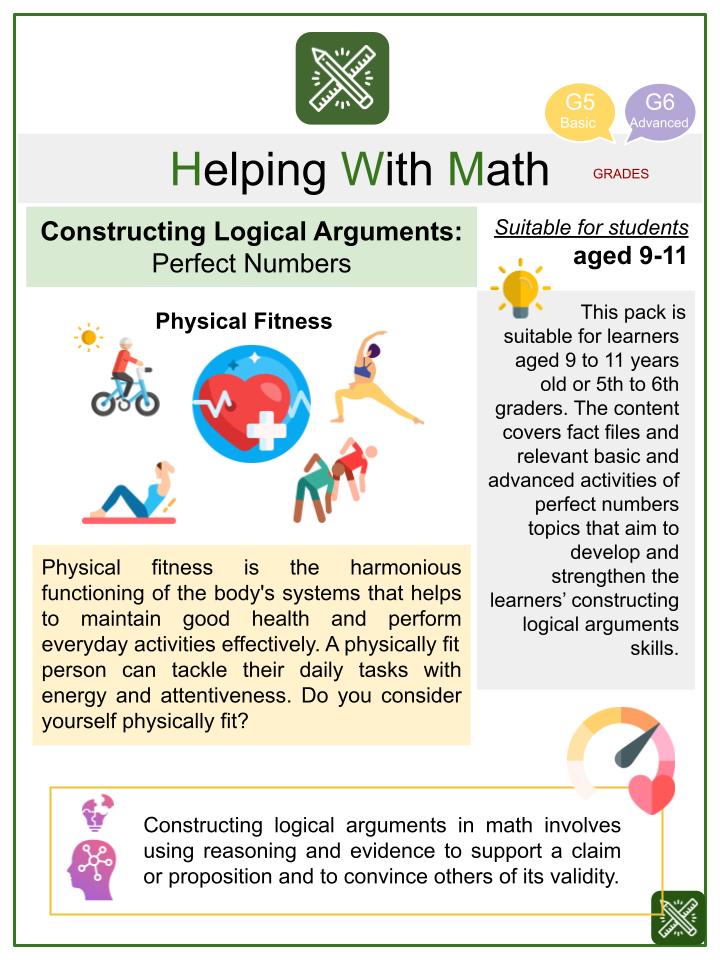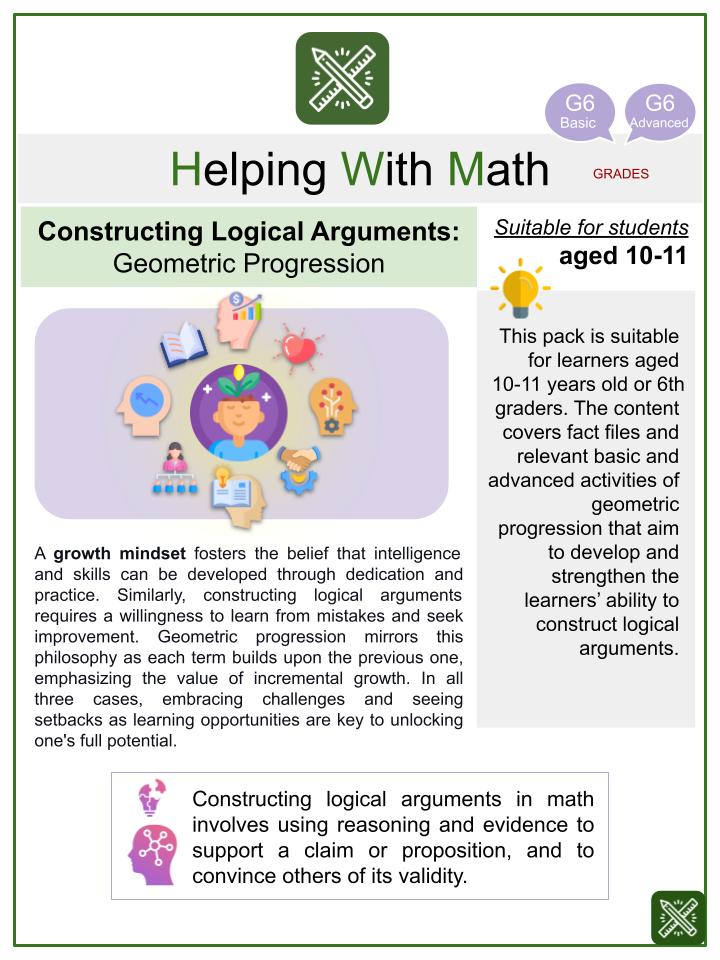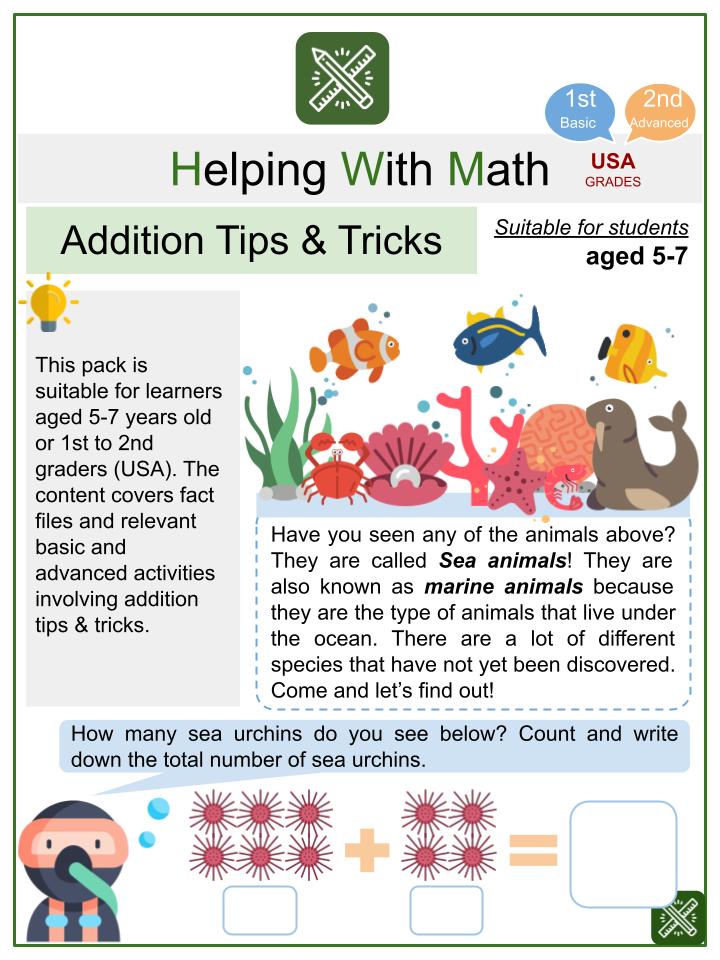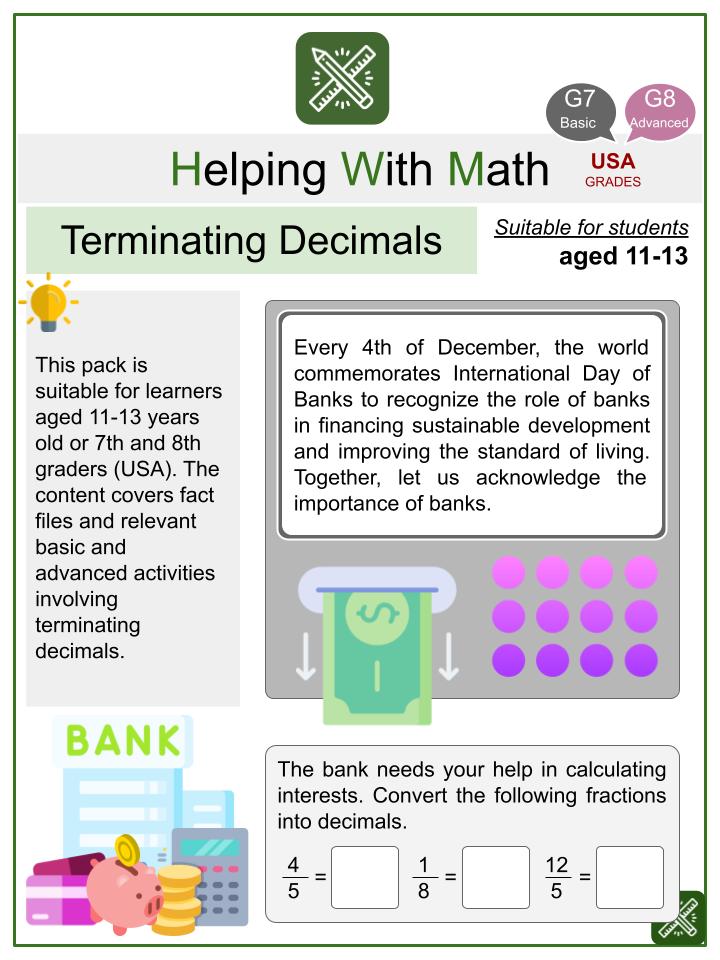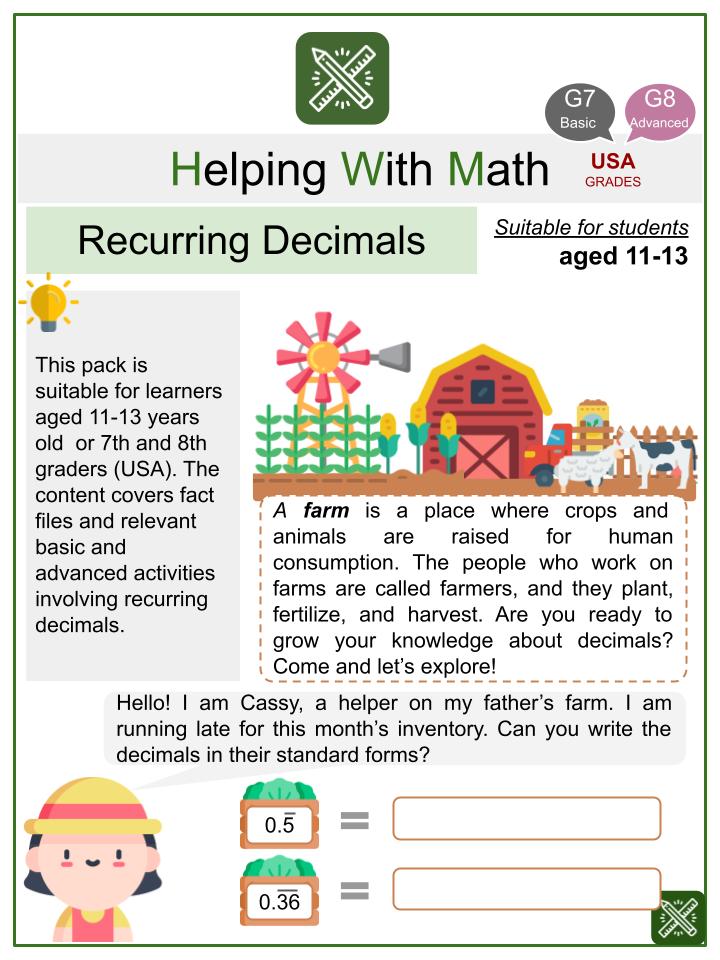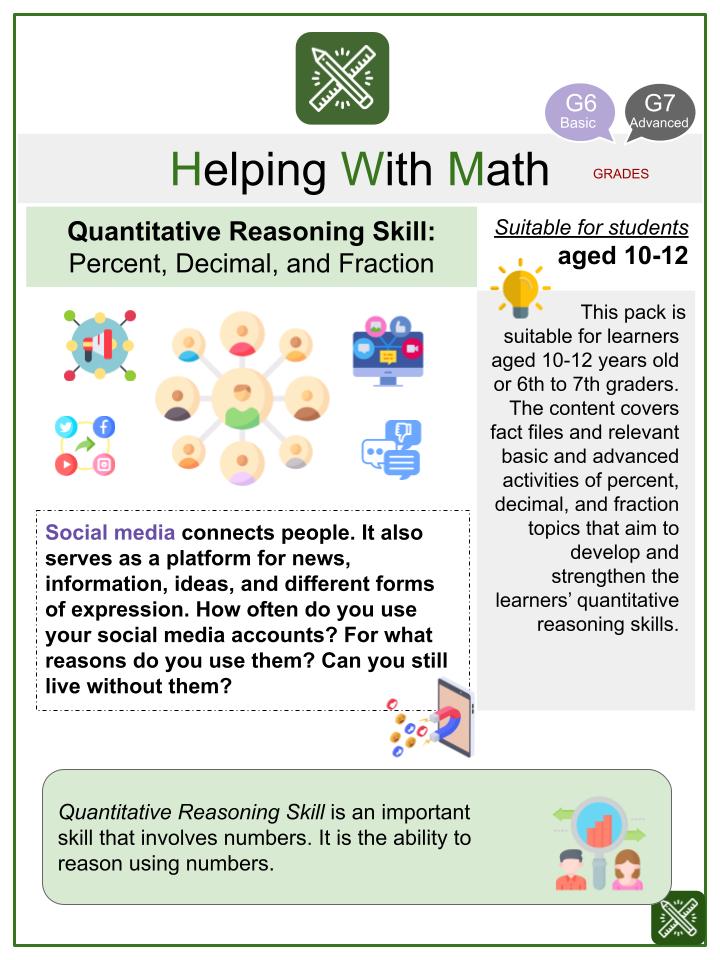Number Sense Math Worksheets
In this section, you can view and download all of our number sense worksheets. These include common-core aligned, themed and age-specific worksheets. Perfect to use in the classroom or homeschooling environment.
Number Sense Worksheets & Study Resources:
Brief definition
Number sense means numerical thinking. It is an extensive math concept that is composed of various topics/lessons. These lessons aim to provide young learners to understand numbers and their relationship to other math concepts. Some of the specific topics under number sense are base ten blocks, number bonds and fact families, hundred charts, multiplication tables, etc. These previous lessons promote a high sense of number recognition and numerical relationships that make young learners visualize and incorporate numbers as a language of mathematics.
Number sense-related topics start at the kindergarten level. Young learners begin to recognize numbers and relate a number to other numbers. Teachers use base ten blocks and number bonds to help the learners visualize numbers and quantities. By doing so, kindergarten pupils develop a strong sense of connection to their math lessons and their environment. Number sense is usually strengthened during the early years of schooling — kindergarten to 3rd grade at most.
Importance of the Topic
Developing number sense to young learners means they can now confidently understand, relate, and connect numbers. When teachers and parents successfully equip the learners with the needed skills of number sense, children will probably not have difficulty naming, counting, and representing numbers. Also, these skills will help the young learners at least compute mentally and create their strategies to relate numbers in their lives.
Application of the Learned Topic in Life
Number sense helps young learners to make use of their math lessons to understand quantities in real life. They will appreciate their math lessons more because they can see their relationship and connectedness in their everyday lives. For example, they can arrange apples or fruits by 2’s, 4’s, 5’s, 10’s, etc. They will also understand that a 5 bill is composed of five 1 bills. More importantly, establishing a solid number sense for the learners will boost their confidence to learn more complex math lessons as they progress in their schooling journey.
